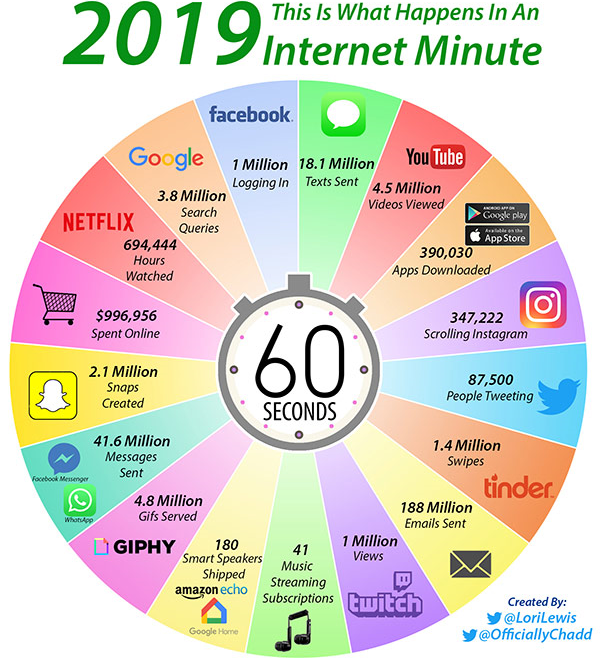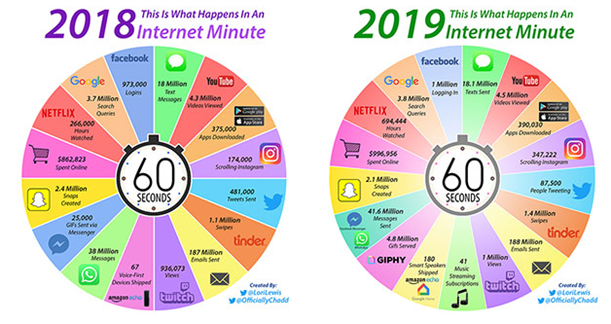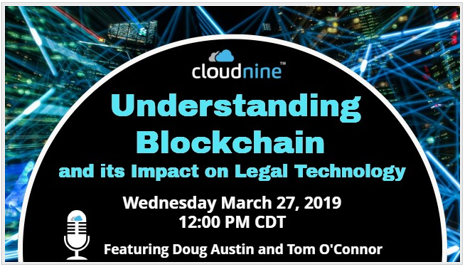Facebook Will Shift to Emphasize Encrypted Ephemeral Messages, Zuckerberg Says: eDiscovery Trends
In a post to Facebook last week, founder Mark Zuckerberg outlined a vision of the future that includes end-to-end encryption and an ephemeral lifespan for private messages and photos. Zuckerberg said that encryption will be one of the keys to Facebook’s future — and that the company is willing to be banned in countries that refuse to let it operate as a result.
According to The Verge (Mark Zuckerberg says Facebook will shift to emphasize encrypted ephemeral messages, written by Casey Newton), Zuckerberg wrote in a 3,200 word “missive”: “As I think about the future of the internet, I believe a privacy-focused communications platform will become even more important than today’s open platforms. Today we already see that private messaging, ephemeral stories, and small groups are by far the fastest growing areas of online communication.”
Public social networks have their place, Zuckerberg added, but he sees a large future opportunity built on “a simpler platform that’s focused on privacy first.” That would mark a sharp reversal for Facebook, which has grown into one of the world’s wealthiest companies by inventing exotic new methods of personal data collection and allowing brands to sell advertising against it. Facebook has spent the past two years mired in scandals around data privacy, starting with last year’s revelations around Cambridge Analytica and continuing through the biggest data breach in company history.
“I believe the future of communication will increasingly shift to private, encrypted services where people can be confident what they say to each other stays secure and their messages and content won’t stick around forever,” Zuckerberg says. “This is the future I hope we will help bring about.“
From an eDiscovery standpoint, the ability to customize the lifespan of messages could wreak havoc, as discussed in this article in Legaltech News®, written by Frank Ready:
“The biggest problem is how are we going to train lawyers [and] how are they going to train their clients to preserve it?” said attorney and forensic technologist Craig Ball. “A lot of people got into hot water or at least had to try to extricate themselves from hot water because they failed to disable the auto-delete, auto-purge function of their email collections,” Ball said.
Now, they may need to remember to change the settings for their Facebook messages as well when litigation hits.
“People don’t really have an appreciation for social media being evidence and so people will on occasion just delete things, not thinking they are doing anything bad,” said Mary Mack, executive director of the Association of Certified E-discovery Specialists (ACEDS).
Of course, ephemeral messaging has already been at issue in litigation, with the Waymo v. Uber case and Uber’s use of Wickr, an ephemeral messaging application, for internal communications. Waymo contended that Uber was using Wickr to “hide the ball” with regard to its internal communications, but California District Judge William Alsup declined to severely sanction Uber, given that Waymo was also using its own ephemeral messaging app for communications.
Of course, there is no duty to preserve those messages until litigation is anticipated. As Kelly Twigger, CEO of eDiscovery Assistant noted, “We’re surmising at this point but you might start to see, you know, a lot more attention paid to what is the date that the duty to preserve arises.”
We’ll see. Craig, Mary and Kelly will be among the many eDiscovery experts that will be at the University of Florida E-Discovery Conference next week (I’m honored to be there again too!). While it’s my understanding that the conference is booked as far as in-person attendance, you can still register for livestream attendance here.
So, what do you think? Will ephemeral messaging make things easier or harder for attorneys? As always, please share any comments you might have or if you’d like to know more about a particular topic.

Sponsor: This blog is sponsored by CloudNine, which is a data and legal discovery technology company with proven expertise in simplifying and automating the discovery of data for audits, investigations, and litigation. Used by legal and business customers worldwide including more than 50 of the top 250 Am Law firms and many of the world’s leading corporations, CloudNine’s eDiscovery automation software and services help customers gain insight and intelligence on electronic data.
Disclaimer: The views represented herein are exclusively the views of the author, and do not necessarily represent the views held by CloudNine. eDiscovery Daily is made available by CloudNine solely for educational purposes to provide general information about general eDiscovery principles and not to provide specific legal advice applicable to any particular circumstance. eDiscovery Daily should not be used as a substitute for competent legal advice from a lawyer you have retained and who has agreed to represent you.









